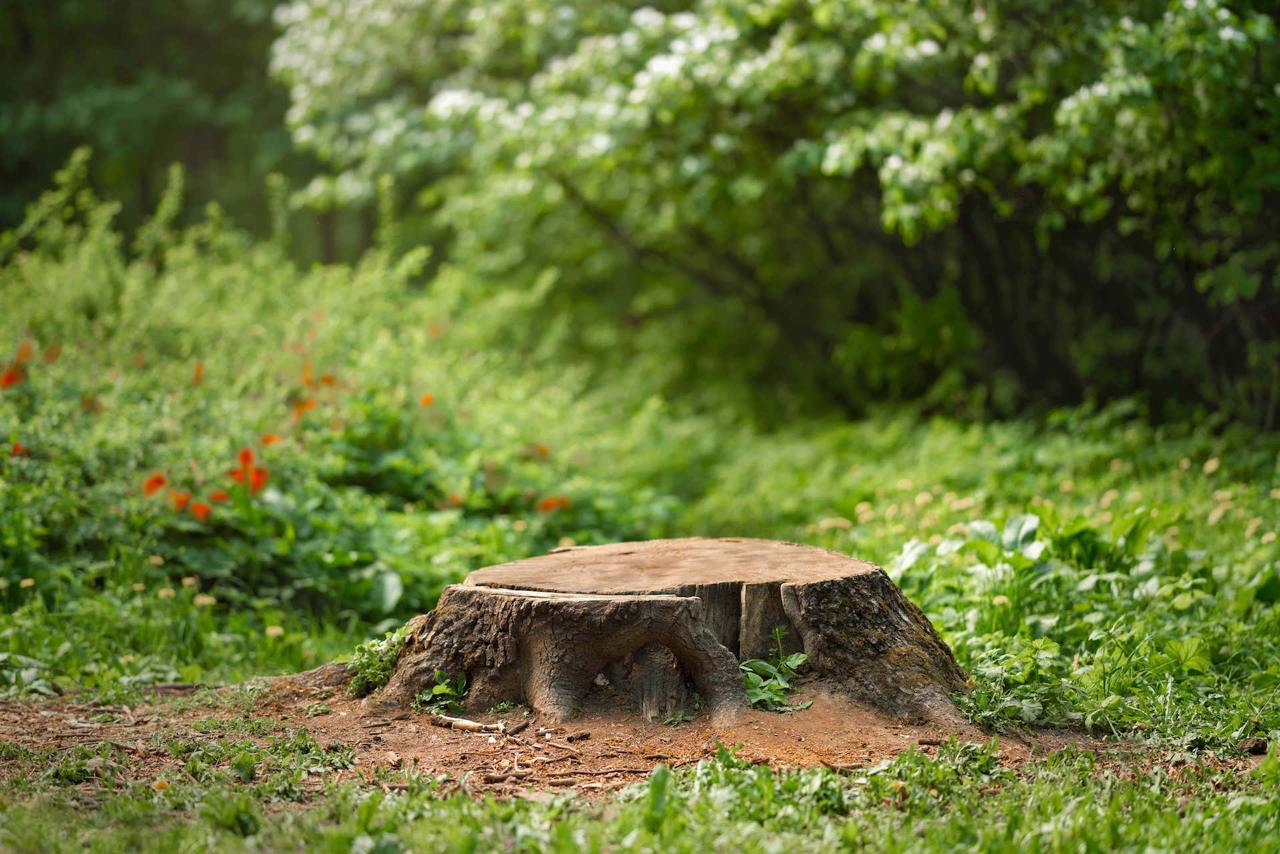
The Tree Surgeon's Guide: Expert Tips for Diagnosing Common Tree Ailments Nov 06, 2025
One of the most apparent signs of a tree in distress is discolored or wilting leaves. The coloration can vary from yellow, brown, or even black, which might indicate different issues such as nutrient deficiencies, water stress, or disease. To diagnose the problem, examine the roots and soil. Compacted soil might prevent roots from absorbing water and nutrients, leading to leaf discoloration. If the soil seems appropriate, consider getting a soil test to check for nutrient balance.
Another frequent issue is the presence of fungus. Mushrooms or unusual growths on trees can signal fungal infections. Fungal diseases often enter through wounds or pruning cuts, causing decay and potentially severe damage over time. A simple visual inspection for soft or spongy wood, as well as mushrooms near the base of the tree, can help you determine if fungal infection is present. If detected, it’s essential to prune affected areas and, if necessary, apply fungicide treatments available from garden centers or consult with a professional tree service for severe cases.
Tree cankers are another sign of concern. These dead sections on the tree's bark can range from small, sunken areas to large open wounds. Usually caused by bacteria or fungi, cankers can girdle branches or even the trunk, cutting off nutrients and water. To manage cankers, carefully prune the affected sections and discard any diseased wood to prevent the spread.
Pests are a well-known enemy of trees, and different pests bring different issues. To diagnose pest issues, look for visible signs such as holes in leaves, boreholes in trunks, or the presence of honeydew—a sticky substance left by sucking insects. Identifying the type of pest can often be the key to effective treatment. For minor infestations, horticultural oils or insecticidal soaps may be sufficient. However, for larger infestations, professional pest control may be necessary to protect the tree.
Additionally, environmental stressors such as drought, excessive moisture, or improper planting can lead to tree decline. Signs of stress might include slow growth, brittle branches, or sudden leaf drop. Investigating recent changes in the environment such as construction activities, new plantings nearby, or changes in hydrology can provide clues for environmental stress-related issues. Adjusting irrigation practices or improving drainage can mitigate these stress factors.
Concluding, diagnosing tree ailments effectively involves keen observation, consistent monitoring, and sometimes consultation with a professional, like those at Lawn Ranger Yard And Tree Service LLC. Regular tree health checks can catch problems early before they become severe. Understanding the fundamentals of tree care and being proactive about any changes in tree appearance will help ensure your trees continue to contribute to the beauty and health of your landscape.
For any challenging tree health issues or if you are uncertain about your diagnosis, do not hesitate to reach out to a tree care professional. A tree expert can provide a comprehensive assessment and recommend the best course of action to preserve your trees' health and beauty.
/filters:no_upscale()/media/e2b6ae5e-1ad7-4267-9c02-5fb3ac23b3bd.jpeg)
/filters:no_upscale()/filters:format(webp)/media/4ac9a26a-061e-4eb6-b08e-f4867be7887c.jpeg)